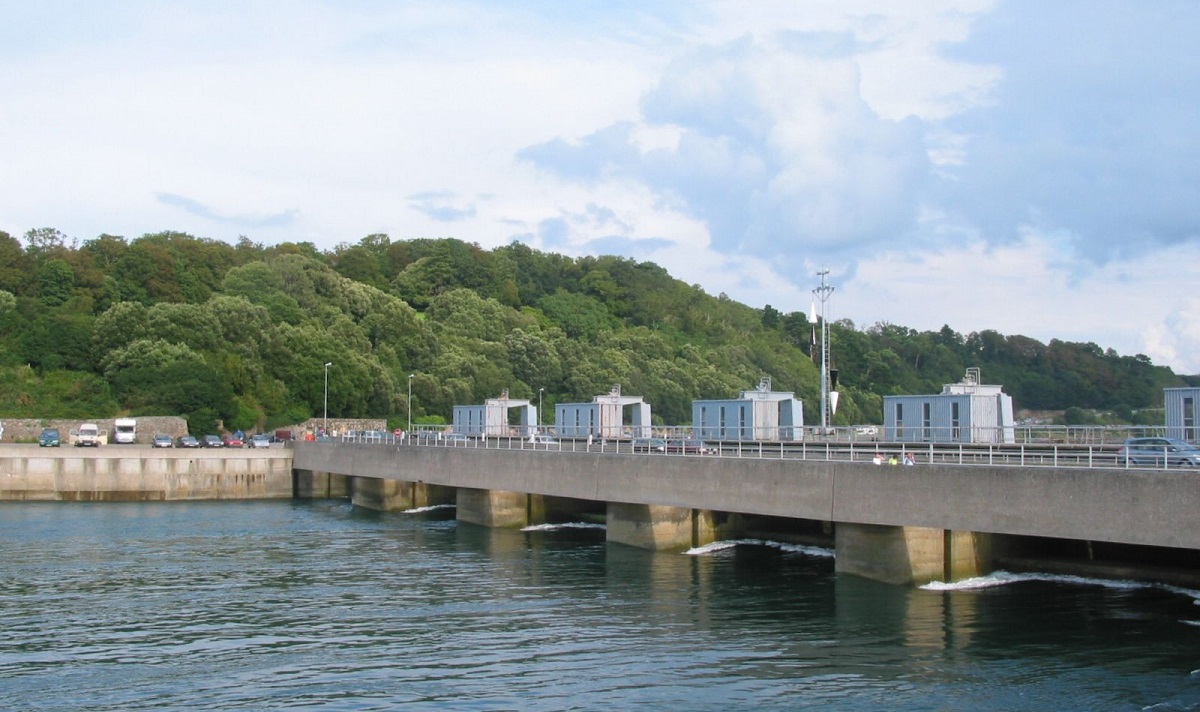Russian authorities are considering creating centers for the production of hydrogen and ammonia-based on tidal energy and tidal power plants (TPPs). The main project implemented on this order could be the Penzhinskaya TPP in Kamchatka — its potential will turn the world energy industry upside down in the future, local media reported.
Now, the most significant attention is on the Penzhinskaya TPP and its two “sisters” – Tugurskaya and Mezenskaya tidal power plants.
They can become the basis of the energy system of the Far East, necessary for the production of environmentally friendly hydrogen. It is planned to allocate $200 billion to implement this megaproject.
Humanity has long been looking for the most productive and, at the same time, environmentally friendly way to generate electricity. Today, no one is surprised by hydroelectric, thermal, and nuclear power plants.
However, each of these options has its pros and cons. Thermal power stations pollute the atmosphere and consume hydrocarbon resources; accidents at hydroelectric power stations are fraught with devastating consequences for the inhabitants of the territories adjacent to them.
Wind and solar stations depend on the time of day. Nuclear power plants produce radioactive waste, and in the event of an accident, they are dangerous to the environment and humans.
There is also the essential resource – the energy of the tides, or rather, the kinetic energy of the Earth’s rotation. The operation of PES is based on its use.
Humanity thought of using the energy of water in the 19th century. The first Russian hydroelectric power station, Berezovskaya, was built in 1892. The use of tidal energy began already in the 60s of the XX century.
The French were the first to do this, launching the La Rance TPP in Northern Brittany in 1966. The length of the dam is 800 meters, the generated power is 240 megawatts. It is the most powerful tidal power plant to date. In 1968, the experimental Kislogubskaya TPP in the Murmansk region was put into operation in the USSR.
The French provided the hydraulic unit for it. Today, hydro turbines for this station are produced by the Sevmash enterprise and generators by Ruselprom LLC. Thanks to the Kislogubskaya TPP, the main aspects of using this technology were studied.
Based on the results of the operation, the developers concluded that TPPs are safe for the environment. Under the influence of natural disasters (earthquakes, floods, landslides), TPPs, unlike hydroelectric power plants or nuclear power plants, do not threaten residents of areas adjacent to the stations.
They protect the coast from storms and even moderate the local climate. HPP destroys over 90% of plankton, PES causes minimal damage – 5-10%.
PES optimize the transport system and open up new opportunities for tourism development. The only negative is the high cost, but with proper use, investments could be recouped in a few years, Russian media add.
Today, PES are at the forefront of the energy sector of all leading countries – UK, Canada, the USA, South Korea, China, and India. However, now Russia has a chance to bypass them all, thanks to the Penzhina Bay, local media note.

